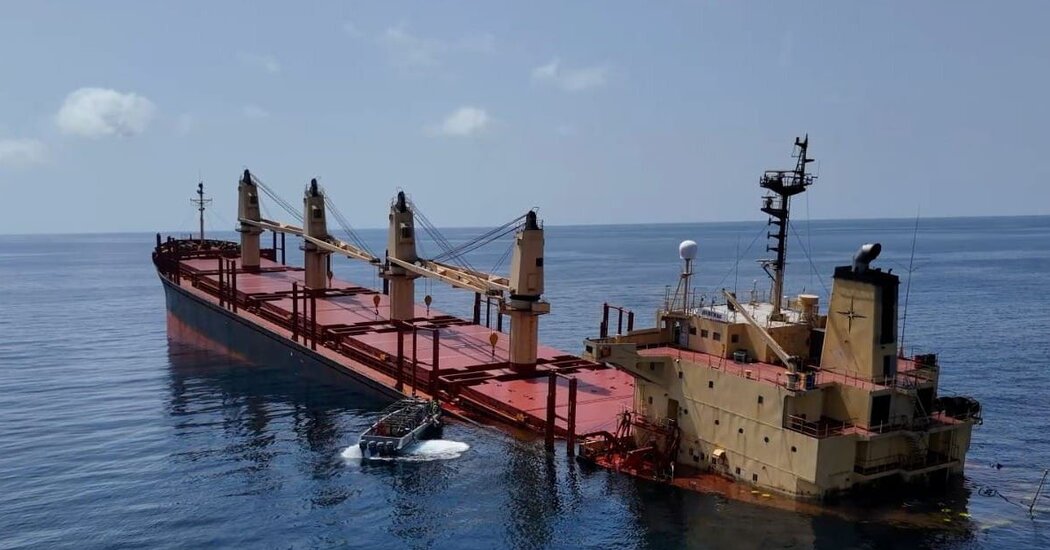Mysterious damage to key communications cables under the Red Sea has raised concerns about whether the Middle East conflict now poses a threat to the global internet.
Just as Yemen's waters are home to important shipping lanes, they are also a key location for undersea cables that carry email and other digital traffic between Asia and the West. Around a dozen cables run through the area, and more are planned.
These fiber optic bundles, about the thickness of a garden hose, “are extremely important,” said Tim Stronge, vice president of research at TeleGeography, which analyzes the telecommunications market. “Over 90 percent of all communication traffic between Europe and Asia runs over these cables.”
Late last month, Seacom, a company specializing in providing communications to African countries, discovered that data flow on its line that runs from Mombasa in Kenya across the Red Sea to Zafarana in Egypt had stopped.
At the same time, two cables connecting the west to the east were cut, affecting 25 percent of the region's traffic, according to an estimate by HGC Global Communications, a Hong Kong-based telecommunications company.
In an interview at his office in Johannesburg, Seacom chief digital and operations officer Prenesh Padayachee said the damage to his company's cable occurred on the bottom of the Red Sea in Yemeni waters at a depth of about 650 feet. The other two damaged cables are nearby.
What disabled the cables is still not clear. Suspicion has focused on the Houthi rebels in Yemen, but the Houthis, who attacked numerous ships in the region in solidarity with Palestinians in Gaza during the war between Israel and Hamas, have denied responsibility.
Mr Padayachee said the cause of the damage would remain unknown until a repair vessel managed to pull up the wire and inspect it. Candidates include an anchor pulled by a ship, a disturbance on the ocean floor, or sabotage. “We won’t be able to tell until we raise the cable,” he said.
Organizing repairs proves difficult. Seacom is working with a company called E-Marine, which has boats in nearby Oman, to tackle the problem, but Mr Padayeechee acknowledged the task requires assessing the political situation and obtaining permits from Yemen.
He said he was confident work could begin sometime next month.
While Seacom was able to get most of its internet traffic rerouted over other cables, Mr. Padayachee said he was upset about regional instability that was hampering repair efforts. “We would prefer to have definitive timelines that are not dictated by geopolitical situations,” he said.
The fact that so many cables run through such a vulnerable area is also a cause for concern. Individual cables can be damaged relatively easily. While cables are buried and armored near the coast, they lie further out at sea and have little protection.
Mr. Stronge estimated that there were about 500 submarine cables worldwide and an average of 100 disruptions per year. In most cases, a marine accident such as dragging an anchor turns out to be the cause, he said.
Mr Stronge said the redundancy operators had built into the system compensated for the fragility of individual cables. He said even if all cables in the Red Sea were cut, internet traffic could be rerouted, like tankers, around the Cape of Good Hope at the tip of Africa or eastward to Europe via Singapore, Japan and via the United States. “It’s slower, but it’s doable,” he said.

